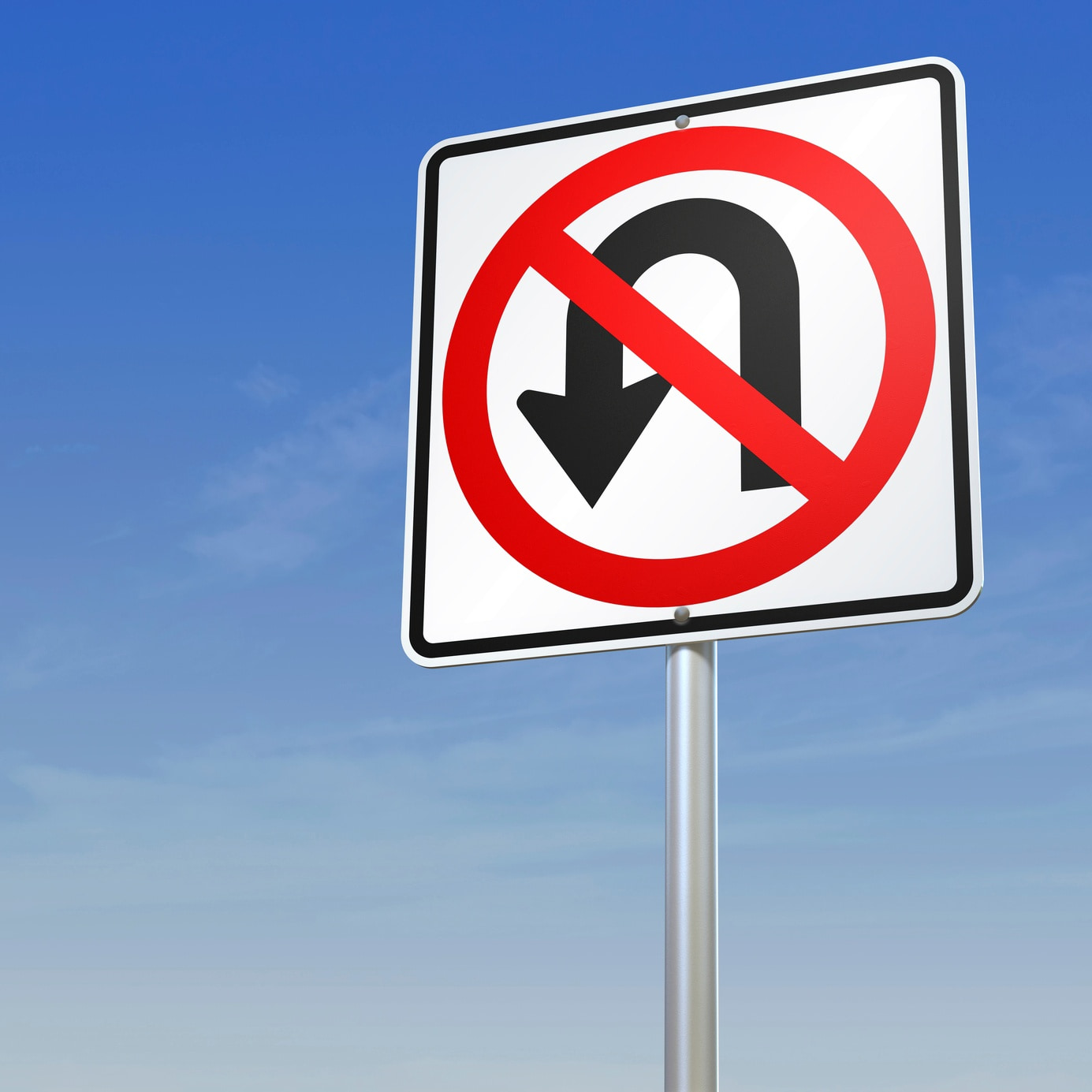Implementing a Post-Crash Investigation Process

Root-cause analysis can certainly be effective at determining the true underlying causes of accidents, but it often consumes more resources than small organizations are able to muster. When a crash occurs, it is often initially unclear as to why it happened. There are usually different accounts of the events leading up to the crash, almost always biased by perspective. Sorting through this dilemma can be a daunting task. Some folks might be tempted to chalk it up to simply calling it an “accident,” and then refuse to look any deeper into the event. But a detailed insight into a crash’s cause can be incredibly valuable to a motor carrier, both in terms of loss prevention and bottom-line dollars, and it does not need to take up too much of your valuable time.
Post-crash investigation begins at the crash scene with drivers gathering critical pieces of information about the events that took place. Great West offers FREE accident kits to document crashes for claims handling and investigations. With this information in hand, the purpose of the investigation could be to determine preventability, even if the driver is not held liable; make an objective employment decision and decide if the driver should be retained or not; and finally, build a case to petition a DOT inspector to disregard any non-preventable crashes when calculating the motor carrier’s recordable accident rate during a compliance review.With these objectives in mind, a motor carrier may begin the post-crash review by taking the position that the driver’s statement is accurate until proven otherwise. Obviously, this approach is driver-friendly and can help foster an atmosphere of trust, but the investigation cannot stop there. Build a bigger picture of the event by collecting electronic data from the tractor such as hard-braking, roll stability, or speed event recordings. Examine the state crash report, claims files, citations, if any, and vehicle maintenance records. Finally, consider road conditions, weather, cell phone records (in case distracted driving is a factor), and the driver’s SMS performance. This is not an all-inclusive list but can provide objective data to help determine the root cause.
Lastly, be sure to document the investigation and any corrective action taken, including operational changes, disciplinary actions, and training. This is not only important for the reasons given earlier, but this can also help defend the motor carrier against negligence claims.
If you have any questions on the above article, please contact Great West Casualty Company by clicking below. If you need to request a truck insurance quote, click here or need to find an agent, click here.
8 QUESTIONS TO ASK YOUR TRUCK INSURANCE AGENTWant to learn more? Download our white paper, Insurance is an Investment: |




.jpg)
